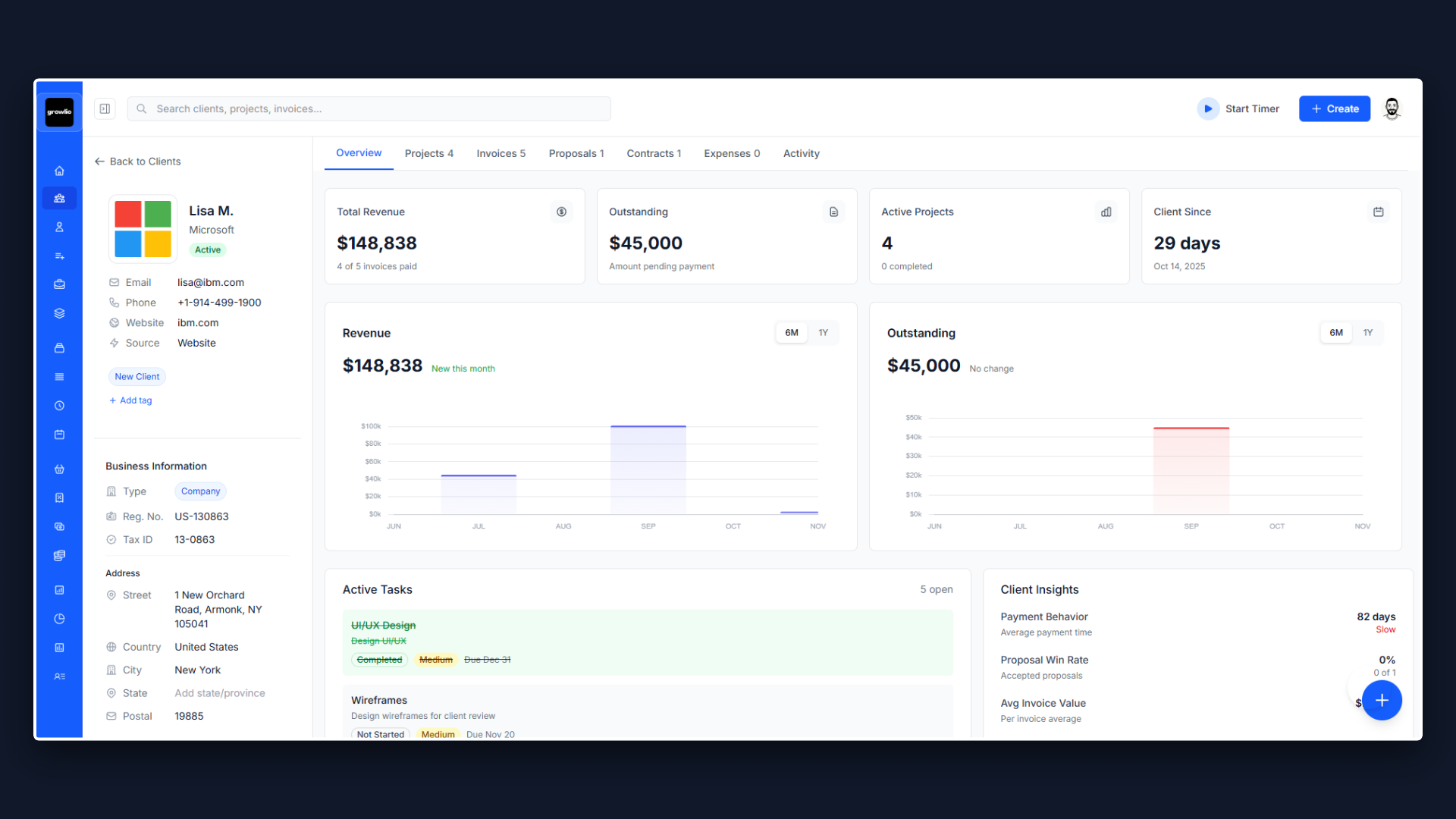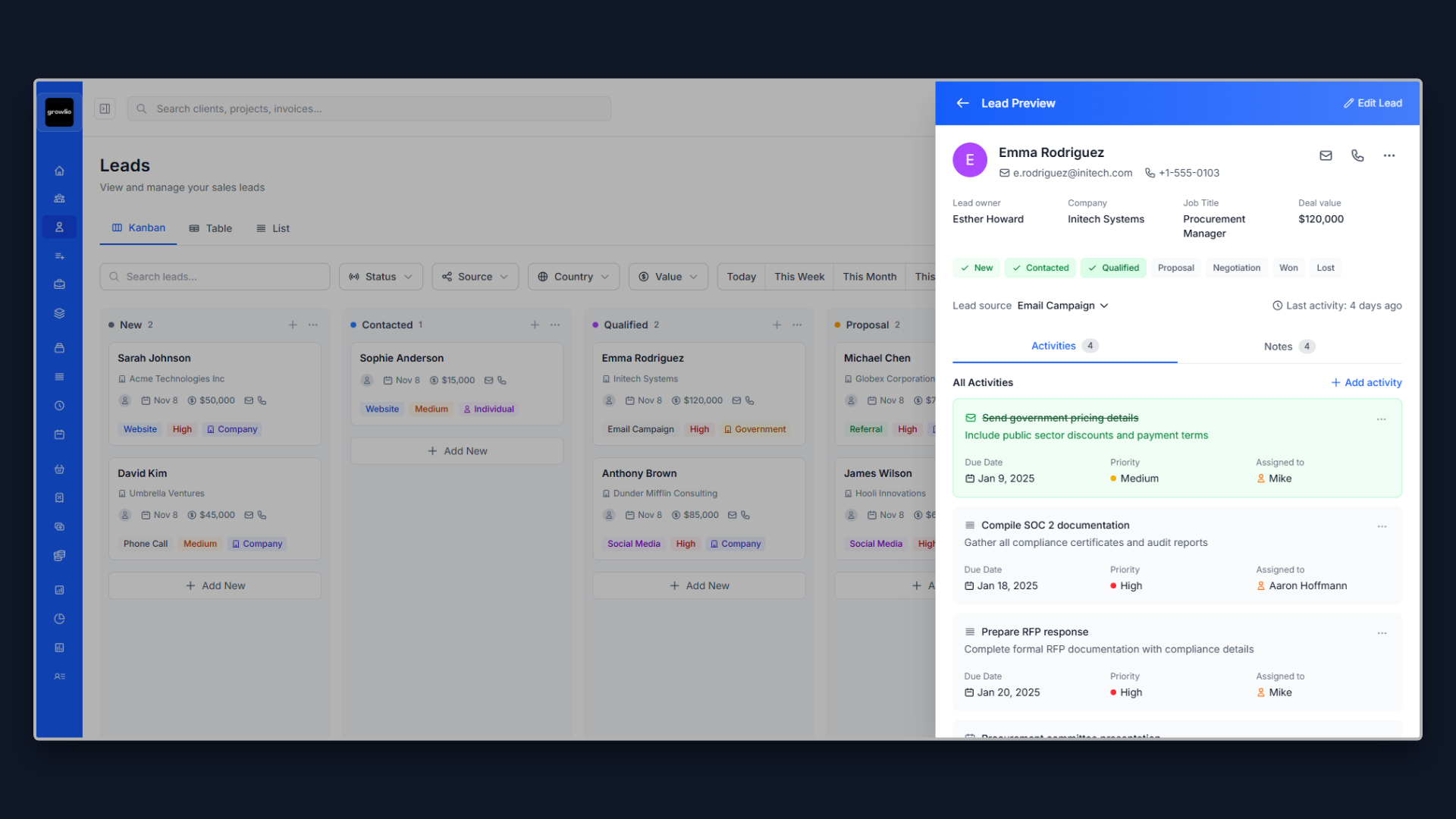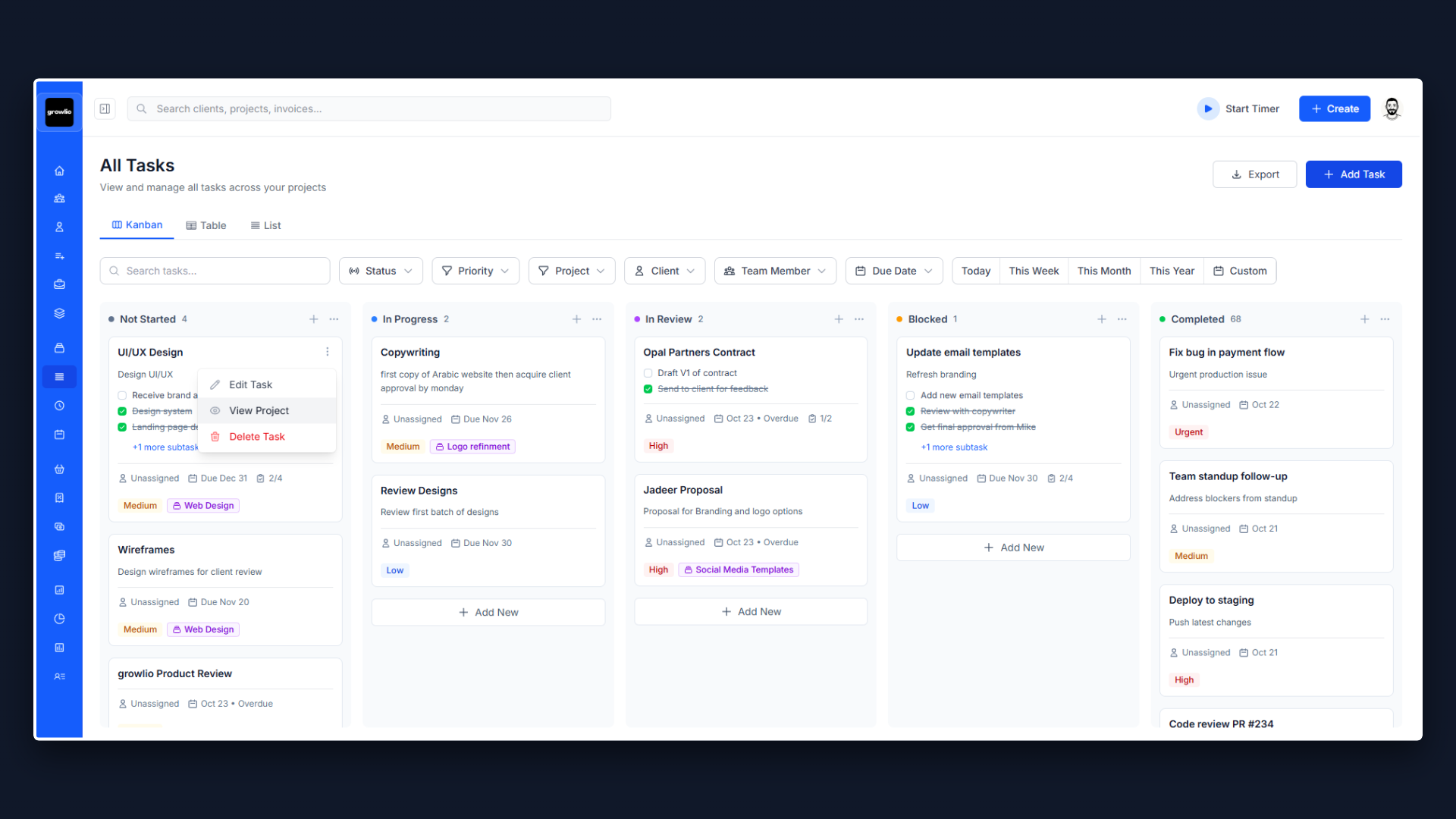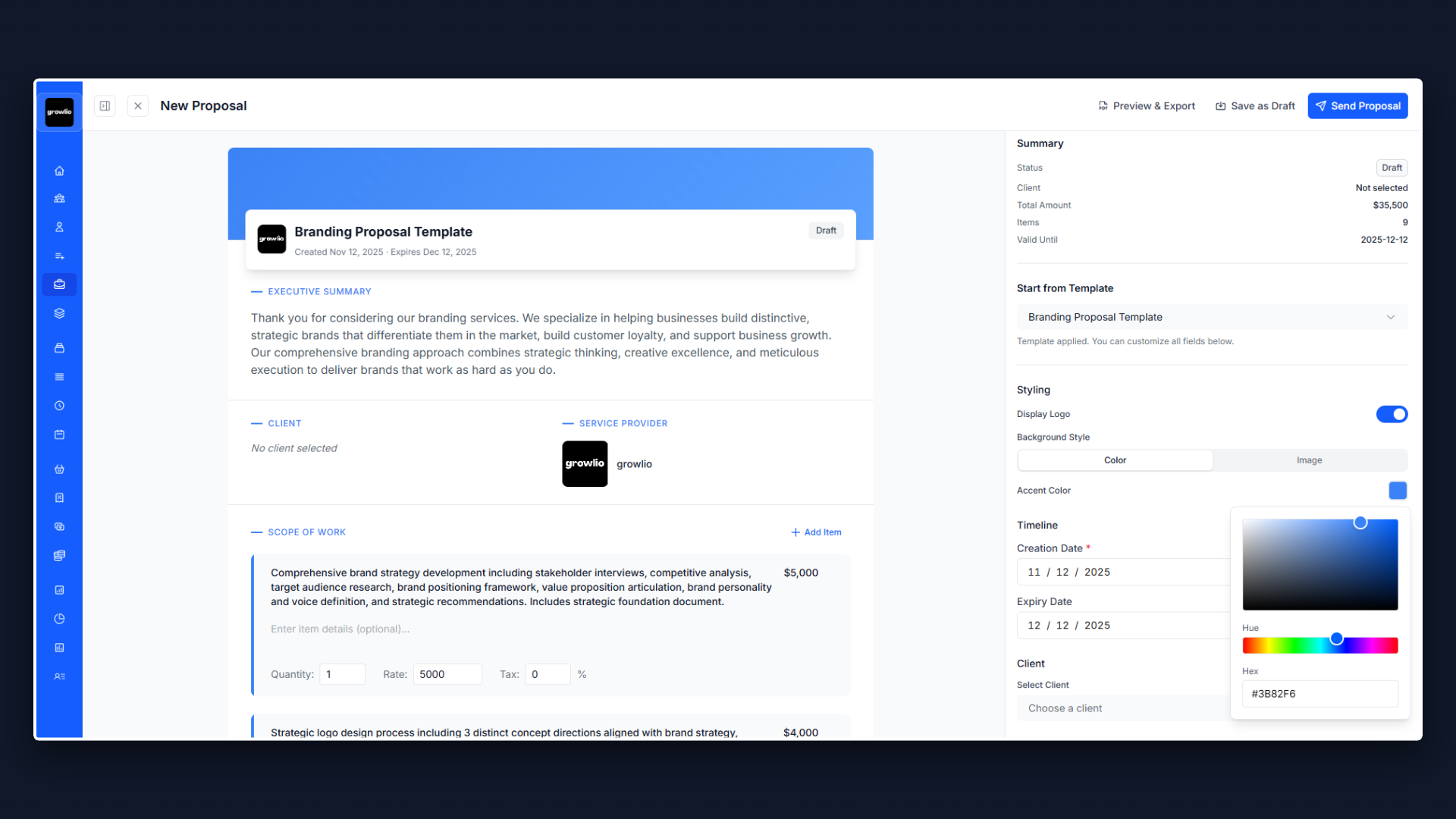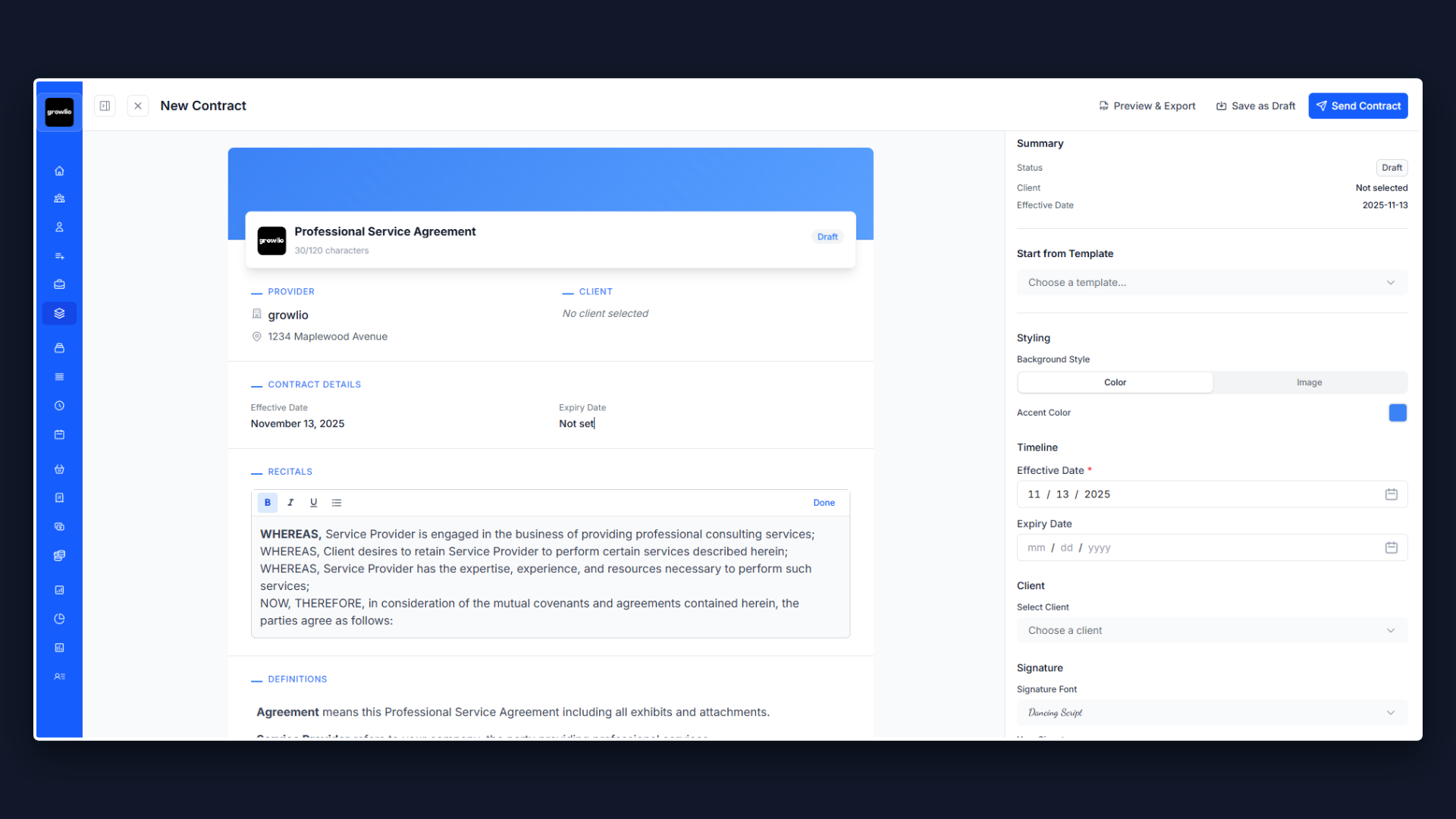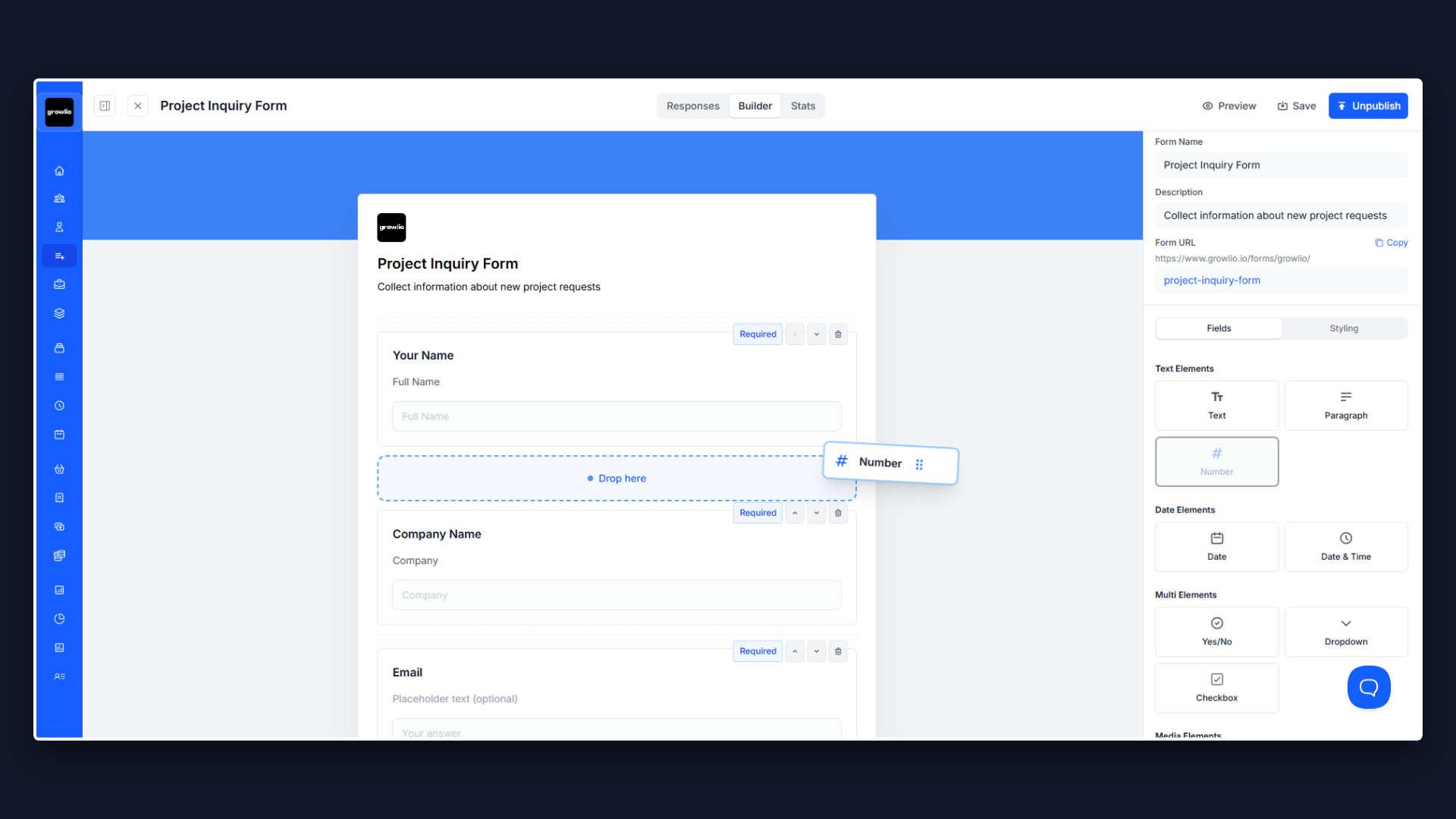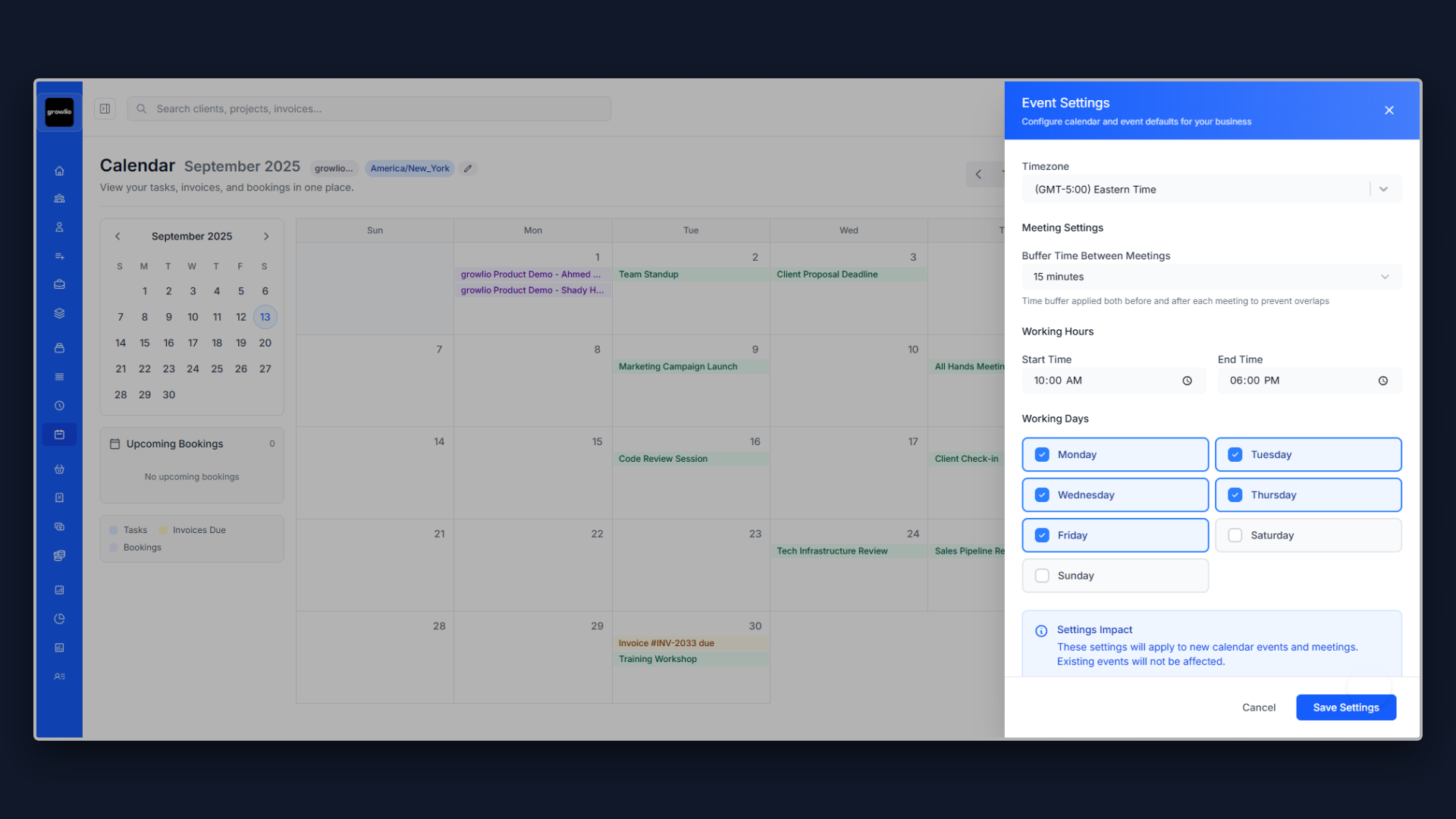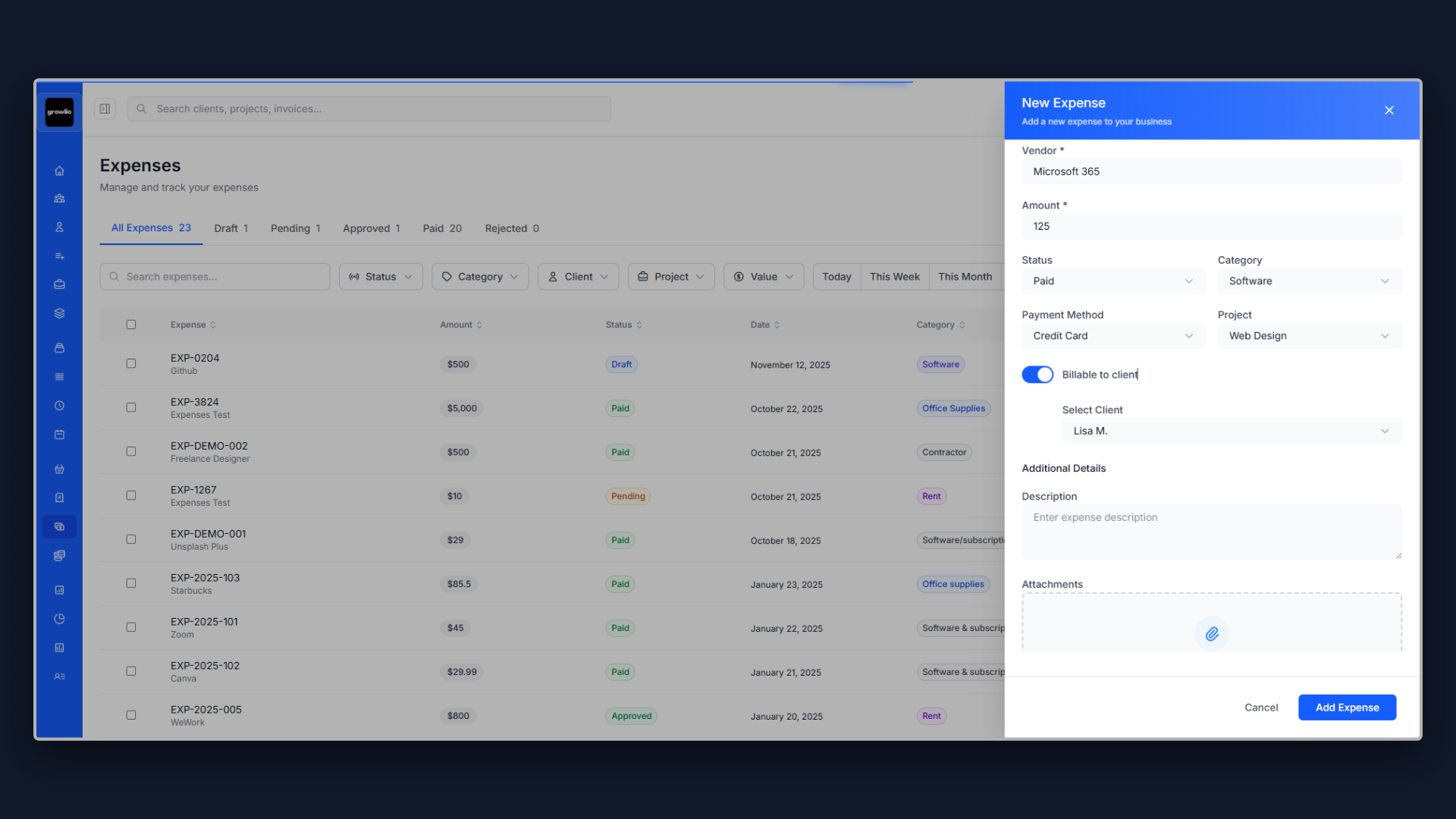Why Your WordPress Website Proposal Makes or Breaks Your Business
Here's what most WordPress developers get wrong: they lead with features, plugins, and themes. They talk about page builders, custom post types, and WooCommerce integration before addressing the client's actual business problems.
The result? Proposals that sound identical to every other WordPress developer. Price becomes the only differentiator. Projects start without clear expectations. Scope creep becomes inevitable. And client satisfaction suffers because success was never properly defined.
A professional WordPress website proposal does something different: it demonstrates you understand the unique advantages and considerations of WordPress while setting realistic expectations for what the platform can and cannot do. It educates clients on why WordPress might be the perfect choice for their needs, or when a different solution might serve them better.
This template gives you the exact framework to create proposals that win projects at profitable rates while setting your WordPress projects up for success from day one.
1. Start With Their Business Problem, Not Your WordPress Expertise
Before mentioning WordPress features, themes, or plugins, address why they're considering a new website in the first place. Are they losing leads because their current site is outdated? Struggling to update content without calling a developer? Missing out on mobile traffic? Concerned about security vulnerabilities?
Your proposal should demonstrate you understand their specific situation. A retail business needs different WordPress functionality than a B2B service company. A content-heavy blog has different requirements than a simple brochure site. Starting with their context proves you are not using a generic template approach.
2. Conduct a Thorough Discovery and Requirements Audit
Every WordPress project should begin with a comprehensive discovery phase that examines current state and future needs. This includes analyzing existing content and structure, identifying required functionality and integrations, determining content management needs and user roles, assessing security and compliance requirements, and understanding growth expectations and scalability needs.
If they have an existing website, audit the current performance, SEO standing, security vulnerabilities, and user experience issues. If they have specific systems that need integration (CRM, email marketing, payment processors), document these requirements upfront. This discovery prevents the "oh, we also need it to do this" conversations that derail timelines and budgets.
3. Explain Why WordPress (Or Why Not)
Educated clients make better decisions and have more realistic expectations. Your proposal should clearly articulate why WordPress is recommended for their specific situation, not just because it is what you build.
WordPress excels for content-driven websites, businesses that need to update content frequently without developer help, projects with moderate budgets that still need professional results, sites requiring robust plugin ecosystems for extended functionality, businesses that may need to change developers in the future, and organizations that need multiple content contributors with different permission levels.
But be honest about limitations too. WordPress may not be ideal for highly custom web applications, sites requiring complex custom functionality beyond plugin capabilities, projects with extreme performance requirements at massive scale, or applications needing real-time features. This honesty builds trust and sets appropriate expectations.
4. Theme and Customization Strategy
One of the biggest WordPress decisions is the approach to theme development. Your proposal should clearly outline whether you are recommending a pre-built theme with customizations, a custom theme built on a framework, or a fully custom theme developed from scratch.
Each approach has trade-offs. Pre-built themes offer faster timelines and lower costs but may include unnecessary bloat and limited customization. Custom themes provide complete control and optimized performance but require larger budgets and longer timelines. Theme frameworks like Genesis or Underscores offer a middle ground.
Explain your recommended approach and why it fits their needs. Detail what level of customization is included in each pricing tier. Set expectations about design limitations, mobile responsiveness, browser compatibility, and future update considerations.
5. Plugin Strategy and Selection
Plugins are WordPress's superpower and its potential weakness. Your proposal should demonstrate a strategic approach to plugin selection, not just installing whatever is popular.
Outline your plugin philosophy: preference for well-maintained plugins with strong support, regular security updates, and clean code. Explain how you balance functionality needs with performance concerns. Detail which plugins you will use for core functionality (forms, SEO, security, caching, backups) and why you have selected these specific solutions.
Also address what you won't do: avoid plugin bloat that slows sites down, be cautious of abandoned plugins with security vulnerabilities, prevent plugin conflicts through careful testing, and have strategies for when plugins are deprecated or abandoned. This demonstrates professional WordPress development, not amateur plugin accumulation.
6. Performance Optimization from the Start
Site speed affects SEO, user experience, and conversion rates. Poor WordPress performance is often the result of bloated themes, unnecessary plugins, unoptimized images, and lack of proper caching, not inherent WordPress limitations.
Your proposal should outline performance best practices you will implement: image optimization and lazy loading, caching strategy (page caching, object caching, CDN), database optimization, code minification and concatenation, and hosting environment optimization. Set performance targets (page load times, Core Web Vitals scores) and explain how you will measure and maintain these standards.
This proactive approach prevents the common scenario where clients complain about slow sites after launch, requiring additional paid optimization work.
7. Security and Maintenance Plan
WordPress powers 43% of the web, making it a frequent target for security attacks. Your proposal must address security proactively, not as an afterthought or ongoing upsell.
Detail your security measures: WordPress core, theme, and plugin update schedule; security plugin implementation (firewall, malware scanning); strong authentication requirements; regular backup schedule and storage; SSL certificate implementation; and file permission hardening. Explain your maintenance plan, whether that is included ongoing, offered as a separate retainer, or handed off to the client with documentation.
Also clarify responsibilities: who monitors for issues, who performs updates, who responds if the site is compromised, and what happens if the client delays critical security updates you recommend. These conversations prevent finger-pointing if security issues arise.
8. Content Management and Training
The primary advantage of WordPress is empowering clients to manage their own content. Your proposal should detail how you will enable this capability.
Outline what content management capabilities will be included: page and blog post editing, media library management, menu updates, user role management, and form or functionality management. Explain what training you will provide (video tutorials, live training sessions, documentation) and what level of ongoing support is included versus billable.
Set realistic expectations about what clients can edit themselves versus what requires developer assistance. Custom post types, complex layouts, plugin settings, and theme customization typically require developer involvement. Being clear about these boundaries prevents frustration and scope creep.
9. SEO-Friendly WordPress Setup
WordPress can be excellent for SEO when properly configured, but it is not automatically SEO-friendly out of the box. Your proposal should outline the SEO foundation you will build.
This includes proper permalink structure, XML sitemap generation and submission, SEO plugin configuration (Yoast, Rank Math, or similar), schema markup implementation, image alt text and optimization, mobile responsiveness and Core Web Vitals optimization, and page speed optimization. Also detail what ongoing SEO work is included versus what would be a separate engagement.
Educate clients that the technical SEO foundation you provide needs to be paired with quality content strategy and link building for results. You are building an SEO-ready platform, not guaranteeing rankings.
10. Integration and Extended Functionality
Most WordPress projects require integrations with external systems. Your proposal should clearly identify required integrations and how they will be accomplished.
Common integrations include email marketing platforms (Mailchimp, Constant Contact, HubSpot), CRM systems, payment processors for e-commerce or donations, analytics and tracking tools, social media platforms, and third-party APIs. For each integration, clarify whether it will be accomplished through existing plugins, custom development, or third-party services. Set expectations about functionality, limitations, and any ongoing costs for integration services.
11. Project Timeline and Realistic Expectations
WordPress projects can move quickly compared to custom development, but they still require proper planning and execution. Your timeline should reflect reality, not overpromise to win the project.
A typical WordPress website timeline includes discovery and planning (1-2 weeks), design and client approval (2-3 weeks), theme development and customization (2-4 weeks), content migration and entry (1-2 weeks), testing and revisions (1-2 weeks), and training and launch (1 week). Total project duration typically ranges from 6-12 weeks depending on complexity.
Build in buffer time for client feedback delays, content delivery, and revision rounds. Explain how delays on the client side affect the timeline. Set clear expectations about revision limits and what constitutes scope change versus included revisions.
12. Pricing That Reflects Value, Not Just Hours
WordPress pricing should reflect the value delivered and expertise applied, not just hours spent installing plugins. Your proposal should present clear pricing tiers based on project scope and complexity.
Consider packaging based on site complexity: basic sites (5-10 pages, pre-built theme, standard plugins), business sites (custom theme, advanced functionality, integrations), and e-commerce or advanced sites (WooCommerce, complex customization, custom development). Include what is covered in each tier and what would be additional.
Also clarify what happens after launch: maintenance and support options, costs for future updates or changes, hosting recommendations and management, and backup and security monitoring. This prevents the common scenario where clients expect free ongoing support because "it's just WordPress."
